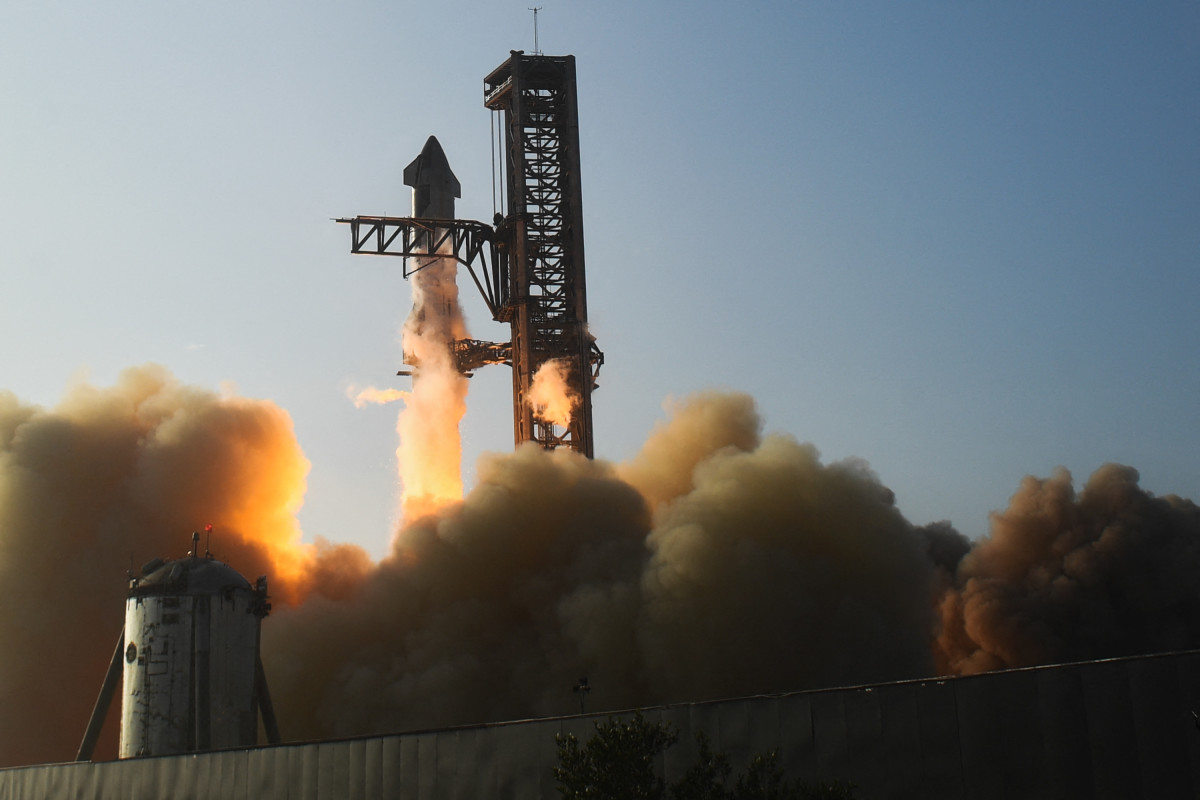
Elon Musk, the world's richest man and the CEO of a growing list of prominent companies, is anxious to get to Mars, the first step on the path to making humanity an interplanetary species.
SpaceX's Starship, the most powerful rocket ever built, is meant to accomplish that goal.
But since the vehicle's maiden April voyage ended in destruction just a few minutes after takeoff, a flight Musk hailed as a success, he has been excited to fly again.
Related: Elon Musk is frustrated about a major SpaceX roadblock
But he'll need to rack up the approval of a handful of regulatory bodies to do so. The Federal Aviation Administration said Sept. 8 that SpaceX would need to make 63 corrective actions before applying for approval for a second test flight. The FAA predicted Sept. 18 that Starship ought to be able to fly again in mid-October.
But the U.S. Fish and Wildlife Service must also complete a review of SpaceX's water deluge system prior to a launch. This process could take anywhere from 30 to 135 days.
"That is unacceptable," Musk wrote in a post on X at the time. "It is absurd that SpaceX can build a giant rocket faster than they can shuffle paperwork!"
Musk outlines changes to Starship
Speaking at the International Astronautical Federation on Thursday, Musk shared predictions about Starship's success over the next few years and outlined some of the changes SpaceX has made to Starship since its test launch.
"There's a tremendous amount of new technology on this rocket," Musk said, noting that SpaceX has changed the vehicle's entire stage-separation system.
"If the engines light and the ship doesn't blow itself up, then I think we've got a decent chance of reaching orbit. It's going to do almost a complete circle of the Earth then crash down somewhere in the Pacific."
"I do want to set expectations not too high," he added.

Even with only one launch under its belt, Musk said that he expected SpaceX to begin launching Starlink version 3 satellites about a year from now, "depending on when our licenses are granted."
"The hardest part about this, or the part that will take the longest, is solving for safe ship reentry and landing," Musk said. He added that SpaceX has designed a custom tower meant to catch the ship upon reentry.
And before the space company starts attempting to catch the ship, the ship must demonstrate a few precise landings in the water.
More SpaceX:
- Elon Musk says SpaceX Starship is ready to launch; regulators don't agree
- Regulators ground Elon Musk's Starship for the foreseeable future
- Investor Says $150 Billion SpaceX Valuation Seems Too Good to Be True
But figuring out safe and precise reentry doesn't have much of a bearing on Starship's ability to launch satellites, Musk said: "It's fine to launch satellites before we solve for ship reusability."
SpaceX is going to Mars: Musk
Despite the many closer-to-home potential benefits of Starship, Musk remains focused on his goal of colonizing Mars; the 400-foot-tall ship is designed for this purpose.
"The reason it's so gigantic is that if you're on a long journey to Mars, I think being cooped up in something the size of a minivan would be unappealing to most people," Musk said.
In building Starship, he added, "you have to think of tonnage. We've got to get five million tons from Earth to orbit, which hopefully is enough to create a self-sustaining city on Mars."

The red planet, which, at its closest point in 2022 was around 50 million miles from Earth, is not as far out of reach as it might seem.
Musk predicted that an uncrewed Starship mission could land on Mars within the next three to four years. And once SpaceX can establish propellant transfer, he said Starship should be able to fly and land anywhere in the solar system.
"I'm optimistic that we can take a Starship that's fairly unmodified ... I suspect you could land the Starship on the moon," Musk said. "You could go to the asteroid belt, the moons of Jupiter, the moons of Saturn."
It remains unclear how soon Starship might be able to fly again.
Action Alerts PLUS offers expert portfolio guidance to help you make informed investing decisions. Sign up now.







